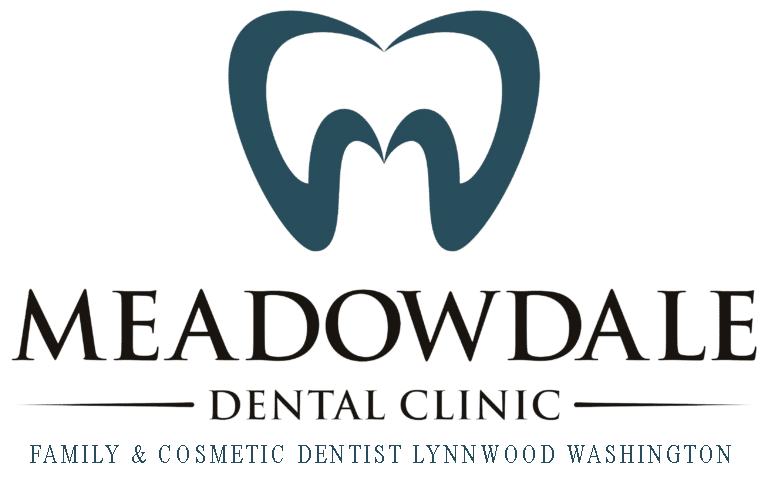Contact Meadowdale Dental Clinic Today (425) 742-9609
Gum Disease Symptoms
Gum disease is a problem that is prevalent in adults over the age of 30. The Center for Disease Control and Prevention estimates that almost 50% of all adults over the age of 30 have gum disease or the beginnings of gum disease. Most people don’t even realize they have gum disease because they do not what the disease symptoms are. The first step in treating gum disease is to make yourself familiar with what the to look out for.
Gum disease can have a significant impact on the overall health of your mouth. All gum disease starts out as gingivitis. Gingivitis is usually mild and is characterized by a general inflaming of the gums. It is typically caused by plaque build up on the teeth. Over time, untreated gingivitis can turn into periodontitis. Periodontitis is much more serious than gingivitis and its consequences are more significant. Periodontitis can cause gum pockets and infection of the bone around the gums. Over time, this can cause your teeth to fall out.
Signs to Look For
There are several symptoms to watch out for as warning signs of gum disease. The most common early indicator is bleeding from the gums while you brush or floss. Bleeding while brushing is common in most adults and they don’t realize that this is actually a warning sign and the beginnings of gingivitis. Bleeding usually goes hand in hand with swollen gums, which is another sign that you have gingivitis. Another warning sign that often gets ignored is frequent bad breath that will not go away.
As the gingivitis progresses and turns into periodontitis the bleeding, swollen gums, and bad breath continue, however it becomes more frequent and more severe. Other more serious symptoms also begin to take over. These include loose teeth, pockets between your teeth and gums, and changes in the shape and structure of your bite. If you are experiencing any of these symptoms, it may be a sign that your gum disease has progressed and is now in a much more serious stage.
If you have these symptoms, you may be wondering “so now what”? The good news is that in most cases, gum disease is easily treatable and reversible. The first thing you should do is to see your dentist. They will be able to determine the degree of your gingivitis or periodontitis and will be able to prescribe a treatment plan. The best course of action that you can take, regardless of the degree of the gum disease is to maintain good oral hygiene. This means brushing and flossing multiple times a day and seeing your dentist regularly. If your gum disease has progressed to the point of needing dental treatment, your dentist will schedule you for an in-office visit. During this visit, your dentist will deep clean your teeth below the gum line.
Your dentist may also prescribe you a microbial mouth rinse to fight the gum disease at home. In some cases, the gingivitis will have progressed into periodontitis. In this case, your dentist may recommend you to see a gum specialist known as a periodontist. Periodontists specialize in treating gum disease and will work with you on a treatment plan.
More on Gum Disease : Treatments for Gum Disease
